Steam Trap is Leaking Live Steam
Steam Trap is Leaking Live Steam ?
Even a relatively new steam Trap seemingly in a new condition can fail if applied incorrectly. This can be understood by seeing the difference between the live steam or simply looking the flash steam.
Differance between Flash Steam & Live Steam
There is very minor difference between Live Steam & Flash Steam coming out from traps & unfortunately without checking we cannot differentiate between the two. Main reason for live steam are-
- Negative Pressure difference
- Under sizing
- Pressure blockage
- Group Tapping
Pressure & Vapors’ in Live steam at high velocity & with less condensate droplets at outlet of traps. Flash Steam is released from hot condensate when its pressure is reduced & this happen because of pressure difference between inlet & outlet of any traps
Causes of Vapor Clouds at the Outlet of Steam Trap.
Condensate Come out from pipe & discharge to atmosphere, flash steam is generated. Flash evaporation (or partial evaporation) is the partial vapor that occurs when a saturated liquid stream undergoes a reduction in pressure by passing through a throttling valve or other throttling device. This process is one of the simplest unit operations.
In flash Steam only small portion of mass convert into flash due to pressure difference.
Steam Vapor
Due to change in specific volume from higher pressure to lower pressure flash steam vapor generated. This Flash steam quantity can be changed on higher side from high pressure to low pressure.
We can understand this by this example also-
Calculating the % Flash Steam Generated
The % of flash steam generated (flash steam ratio) can be calculated from:

where:
- hf1= Specific Enthalpy of Saturated Water at Inlet*
- hf2= Specific Enthalpy of Saturated Water at Outlet
- hfg2= Latent Heat of Saturated Steam at Outlet
* In traps designed to have a significant amount of sub-cooling of the condensate before discharge, the sensible heat of condensate at the trap inlet can be significantly lower than when estimated using inlet pressure saturated steam values.
Please Note,
If the steam trap is of a thermostatic type or Bimetallic type the discharged condensate is sub-cooled below saturation temperature. The heat in the cooler condensate will be slightly less, and the amount of flash steam produced would be less.
If the trap discharged condensate at 15°C below the steam saturation temperature, then the available heat in the condensate would be less & We can calculate according to that.
Sub-cooling traps may exhibit less flash steam than traps with little or no sub-cooling; only non-sub-cooling traps are typically recommended for drip or high temperature tracer service to maintain safety and reliable operation.

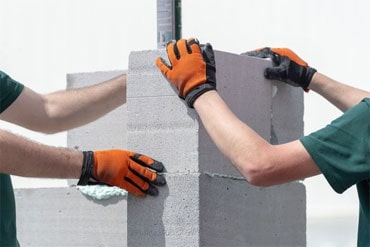 Aerated Concrete Block Industry
Aerated Concrete Block Industry  Brewery Industry
Brewery Industry  Captive Cogen Industry
Captive Cogen Industry  Chemical Industry
Chemical Industry  Dairy Industry
Dairy Industry  Edible Oil Industry
Edible Oil Industry 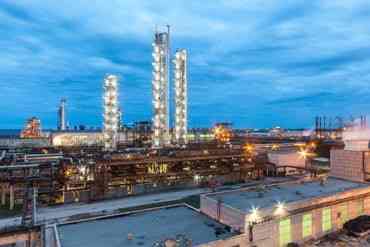 Fertilizer Industry
Fertilizer Industry  Hotel Industry
Hotel Industry 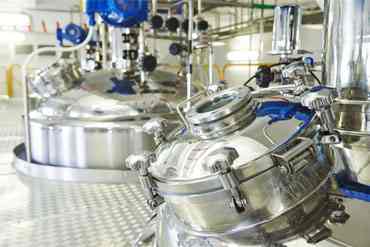 Pharma Industry
Pharma Industry 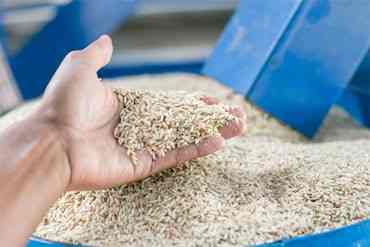 Rice Industry
Rice Industry 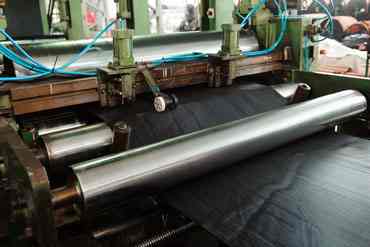 Rubber Industry
Rubber Industry  Soap Industry
Soap Industry  Sugar Industry
Sugar Industry  Textile Industry
Textile Industry 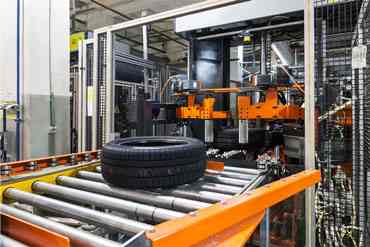 Tyre Industry
Tyre Industry